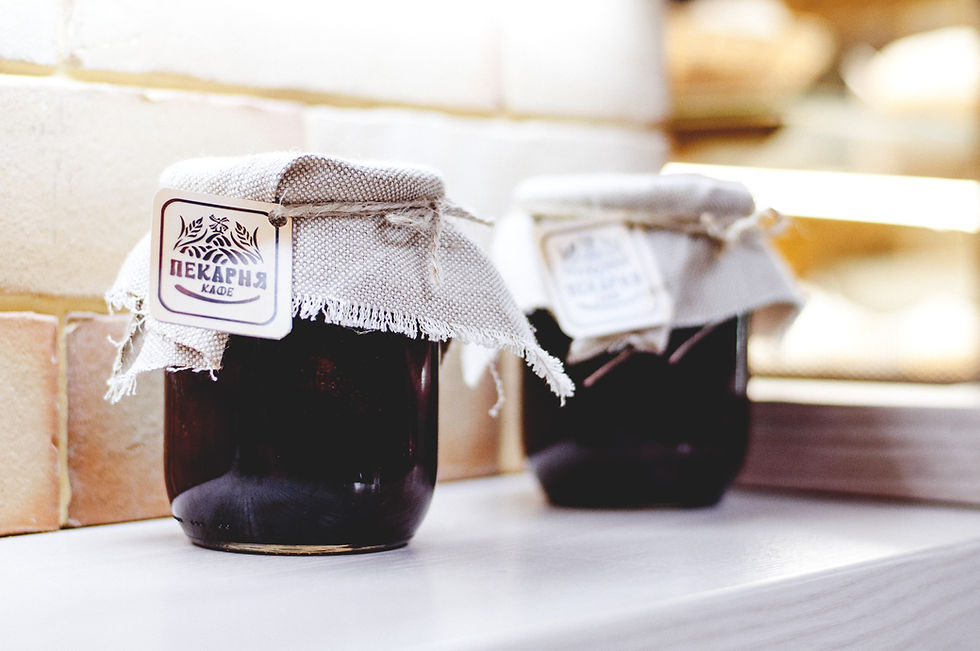Lavender (Lavandula) Magic of Nature
- Sylvia Rose

- Nov 3, 2023
- 5 min read
Updated: Feb 11, 2024
Lavender is one of the most delightful flora of botanical alchemy and natural health. The fragrance is clear sweet floral with deep earth tones. Flowers are varying shades of purple.
Read: Cult of the Fire God - Bronze Age Quest Adventure
Lavender has multiple uses in natural health, aromatherapy, cuisine, cosmetics and ornament. The herb is attractive to pollinators including honeybees and butterflies.
See also:
Native to the Old World, lavender makes the leap to the west with great success. It's found in flower and herb gardens, hothouses and home perfumeries. Purple is a royal color, denoting high status, wealth, confidence, success and mystique.
Read: Cult of the Fire God - Bronze Age Quest Adventure
The color purple relates to magic and mental balance. Purple is a fire color and creates the flow of positive forward motion, but without the rampant energy of red. Purple tones aid concentration and focus.
See also:
In botanic alchemy or spagyria, a type of holistic medicine, the life force of lavender opens receptive and connecting channels within. Botanic or botanical alchemy isolates or locates the essence or medicinal qualities of plants.
Lavender is considered sacred to Parvati, Hindu Goddess of love, marriage peace and longevity. and Selene. The Greek moon goddess, Selene, is a personification of the moon itself.
See also:
Healing properties of lavender include physical elements such as treatment of skin afflictions, or metaphysical aspects such as understanding the ache of spirit to invite positive life force into the sphere of existence.
Negative thinking, self-doubt, oppressive situations or emotion-draining people interfere with wholistic awareness and prevent healing. In potpourri under the pillow, lavender brings sweet dreams and harmonious resolution of problems.
See also:
In the Middle Ages, lavender receives powers to overcome fears of devils, witches and the occult. Lavender is used in priestly ordination and the Church has declared it a sacred plant.
In most lavender species, leaves have fine hairs (indumentum), which carry the essential oils. Flowers arise in whorls on spiky heads in colors of violet, blue, lilac and very rarely deep purple almost to black, or yellow.
See also:
Lavender is scientifically proven to have calming effects. The plant contains linalool, a powerful terpene affecting the serotonin receptor.
Linalool interacts with the neurotransmitter (or chemical messenger) GABA (gamma aminobutyric acid), to quiet the brain and nervous system, thus makes the whole body feel more relaxed.
See also:
In herbalism, the German scientific committee on traditional medicine reports the use of lavender flower for several ailments. They include:
restlessness
insomnia
Roemheld syndrome or gastric cardiac syndrome
intestinal discomfort
cardiovascular diseases
headaches
depression
stress, anxiety
Spiritual qualities of lavender include purification, devotion, grace, serenity, silence, mental calm, luxury and generosity. Meditate upon this plant or its qualities to find balance. Red and blue are color components of purple. Magenta is the color exactly between red and blue.
See also:
The meaning of magenta includes uniqueness and creativity. The shades leaning towards pastel purples, mauve, royal purple, deep purple, violet, ultra violet and lavender are varying mixtures of blue, red, sometimes white.
For the poultice crush fresh plant parts with mortar and pestle, releasing the juices. Add hot or cold water until they yield a spreadable mush. Flowers and leaves or just leaves can be used. If using dried herb it must be first macerated or soaked.
See also:
Lavender is friendly with plants of the mint family, including black horehound, catnip, coleus, hyssop, bee balm, lemon balm, basil, peppermint, sage, as well as rosemary and echinacea.
Although it's a healing balm, a very small percentage of people have allergic reaction to lavender such as excessive itching or rash. Symptoms should go away with removal of the substance. It's not recommended to apply lavender essential oil directly to skin.
See also:
The lavender herb relates to the Crown Chakra, relating to spiritual connection and transformation. In this way it is a gateway to the Divine Self, the collective unconscious and awakening of spiritual senses.
In gemology the crystal amethyst corresponds to the properties of the lavender plant and helps the mind attain a higher level. In ancient Rome, amethyst is treasured as one of the precious gems.
See also:
Also in Rome, lavender flower sells for the equivalent of an average month's wages. Certainly it was a plant of the elite. The oil has been used in rituals of purification since early times.
In the Middle Ages, lavender receives powers to overcome fears of devils, witches and the occult. Lavender is used in priestly ordination and the Christian Church declares it a sacred
plant.
See also:

Jesus washes the feet of his disciples in lavender oils before he's crucified. Mary anoints him with lavender oil after his death.
In ancient Egypt it's one of the plants used in mummification of the dead. It purpose is to repel odors and soften the skin of the deceased.
See also:

Lavender has anti-insect properties. Dried lavender is used in potpourri or scented pillows, and can be hung in the closet to freshen clothes and repel moths.
The scent of lavender fresh or as essential oil in aromatherapy is famous for calming effects. In 2018, researchers at Kagoshima University in Japan discover mice show fewer signs of anxiety when exposed to the scent.
See also:
In Spain, lavender is used to make spiced wine. In England of the 17th century, Queen Elizabeth the First loved a lavender jam she tried. Due to her influence lavender is produced as a jam as well as used in teas, both considered to have numerous physical and spiritual health benefits.
See also:













